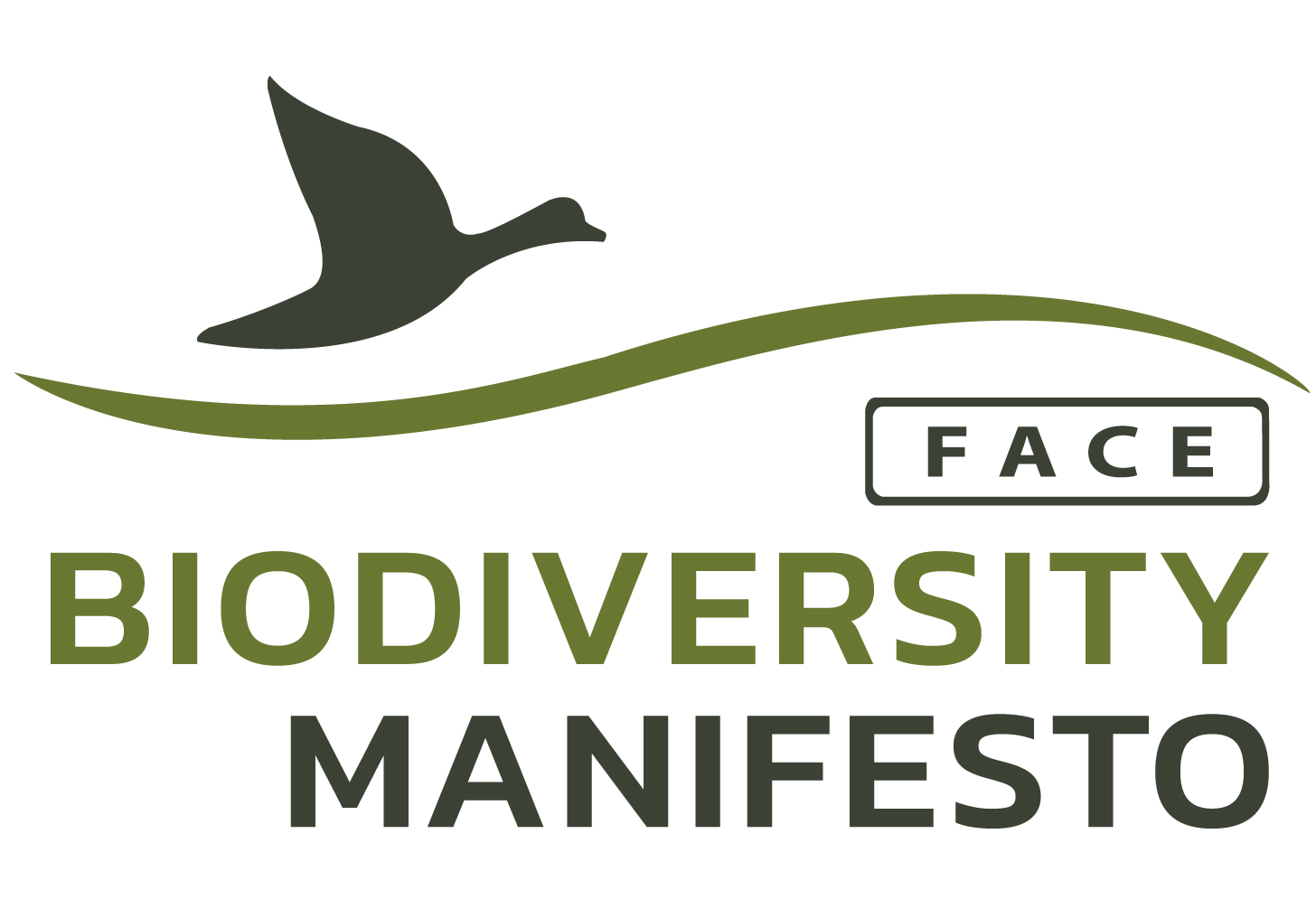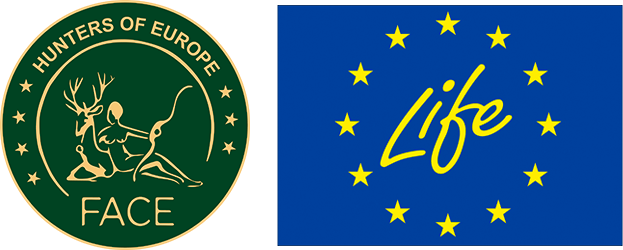On the initiative of the State Forestry Office, the State Environment Agency, the State Hunting Association, the Nature Conservation Union Germany, the Research Institute for Forestry and Timber Eberswalde e. V. and the goods Groß Kreutz was signed on 18 November 1991, an agreement to form the interest group Species-rich corridor Groß Kreutz. The main goals of the community of interest are:
- the demonstration of joint work of various interest groups to restore a species-rich corridor for a sample area
- active habitat management as a prerequisite for the implementation of aid programs for endangered species
- the establishment of a teaching and experimental area for small game and nature conservation tasks.

Different biotope-shaping measures were carried out in the Gross Kreutz teaching area. These include, for example:
- Installation of a total of ten different five-row wood strips on an area of 10.64 ha and a length of 7200 m
- Cultivation of the field trees and restrained management of multi-year decommissioning areas
- Dead hedge plantation and willow planting as measures to increase the coverage of the small game and all other species of the area
- Renaturation and preservation of the approx. 4 hectare Deetzer Pfuhl, a stagnant water fed by surface water, as a habitat for amphibians and birds
- Conservation of rock pile as an important element of the habitat for many animal species (eg insects, amphibians, critters, small mammals)
- Attaching nesting aids in various designs
- Seeding perennial grass and herb mixtures on set-aside plots as year-round seedling and cover.
An important task within the framework of the project “Species-rich corridor” is the review of the effectiveness of all measures for habitat design. The effects of the biotope design are examined on the basis of the stock development of certain species of animals suitable as indicators. A significant animal species with indicator function is the hare. Its stocking development has been tracked since 1992 using the headlight counting method. It was possible to determine spring stockings between 14 and 20 hares / 100 ha and autumn trimmings from 18 to 28 hares / 100 ha. Field hares in the Groß Kreutz district are also recorded as part of the WILD project.
Country: Germany
Region: Mittlere Mark
Starting date: 1991
Species: European Hare (Lepus Europaeus)
Species characteristics: Huntable species
Type of actions: Management of habitats and wildlife, Research and data collection, Communication, Policy work
Leading partners: State Forestry Office, the State Environment Agency, the State Hunting Association, the Nature Conservation Union Germany, the Research Institute for Forestry and Timber Eberswalde e. V. and the goods Groß Kreutz

